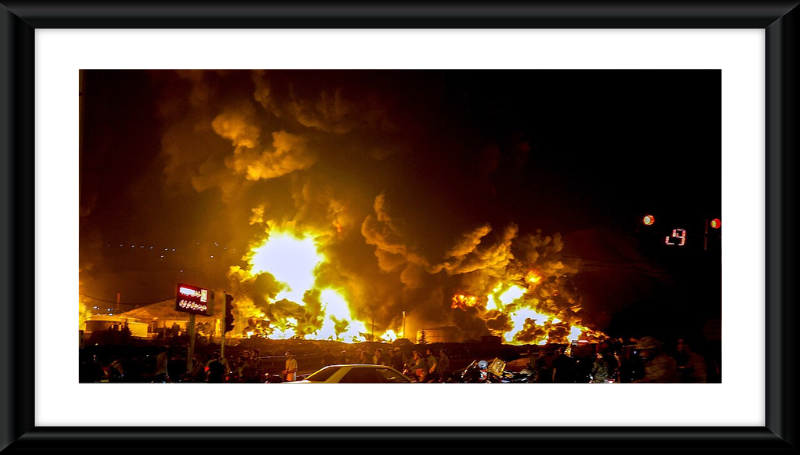David Albright and Spencer Faragasso
WSJ, June 24, 2025
“It is possible that the Iranians tried to move the enriched uranium kept at the site. Dismantling and transporting some of the installed centrifuges, or at least their rotor assemblies, may also have occurred, but this process is complex and time consuming and may have damaged centrifuges. . . .”
This is an excerpt from “Post-Attack Assessment of the First 12 Days of Israeli Strikes on Iranian Nuclear Facilities” published June 24 by David Albright and Spencer Faragasso of the Institute for Science and International Security.
After 12 days of military operations, a survey of the resulting damage is appropriate. . . . Overall, Israel’s and U.S. attacks have effectively destroyed Iran’s centrifuge enrichment program. It will be a long time before Iran comes anywhere near the capability it had before the attack. That being said, there are residuals such as stocks of 60%, 20%, and 3-5% enriched uranium and the centrifuges manufactured but not yet installed at Natanz or Fordow. These non-destroyed parts pose a threat as they can be used in the future to produce weapon-grade uranium.
Complicating any effort to turn weapon-grade uranium into nuclear explosives have been extensive attacks against Iran’s facilities and personnel to make the nuclear weapon itself. Its infrastructure to build the nuclear weapon has been severely damaged. The time Iran would need to build even a non-missile deliverable nuclear weapon has increased significantly.
In particular, major setbacks include: the elimination of, or severe damage to, the majority of the centrifuges at the Natanz site, significant damage to the Fordow underground site, destruction and damage to several facilities at the Esfahan Nuclear Complex. . . . The attack on the IR-40 Arak Heavy Water Reactor has likely destroyed the reactor, eliminating a potential future source of plutonium that could be used in nuclear weapons. . . .
Further damage assessments are needed for some of the sites, particularly underground sites. Israeli intelligence would be expected to be hunting in Iran, even under the ceasefire, for non-destroyed residuals. . . . SOURCE


